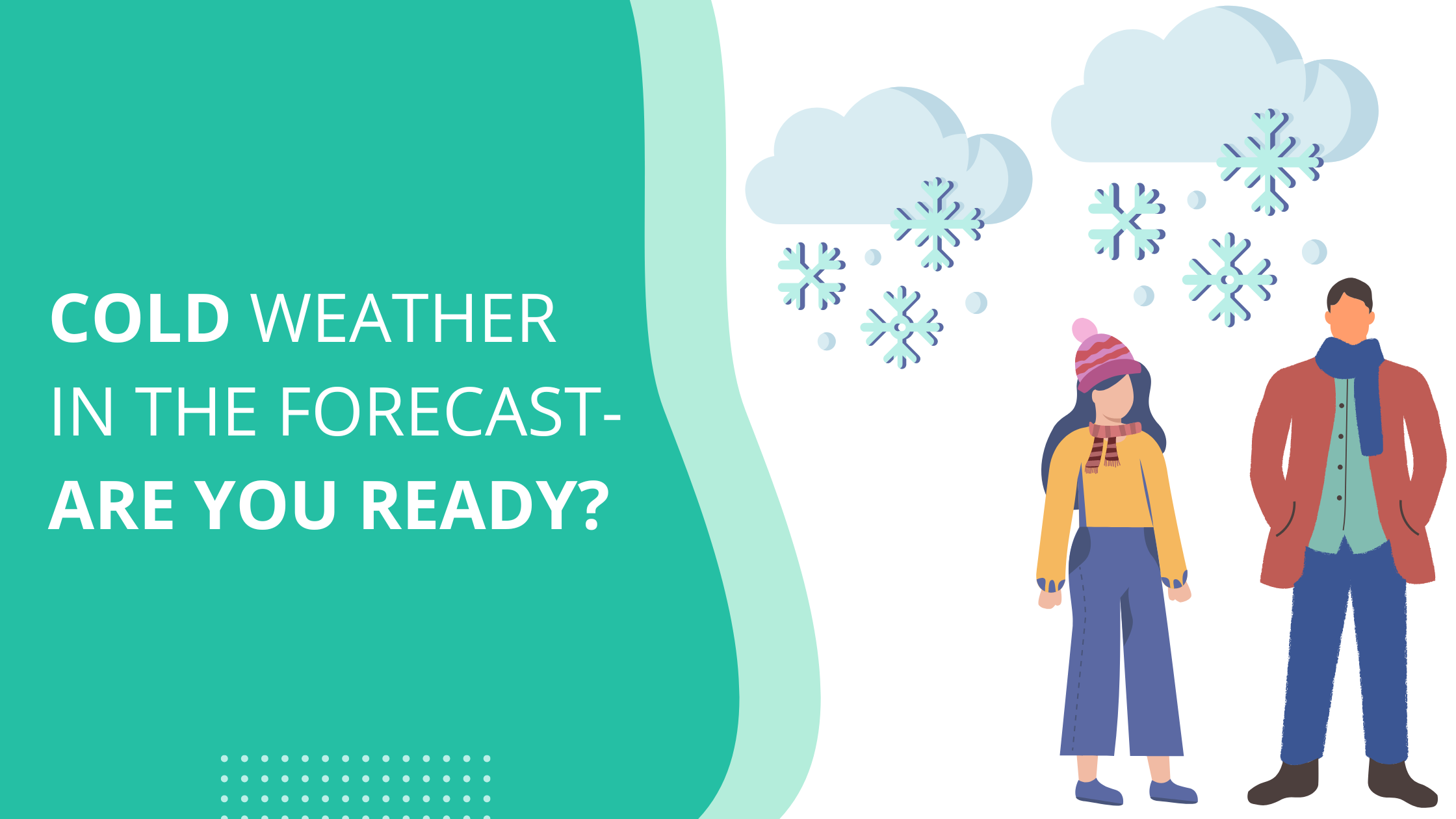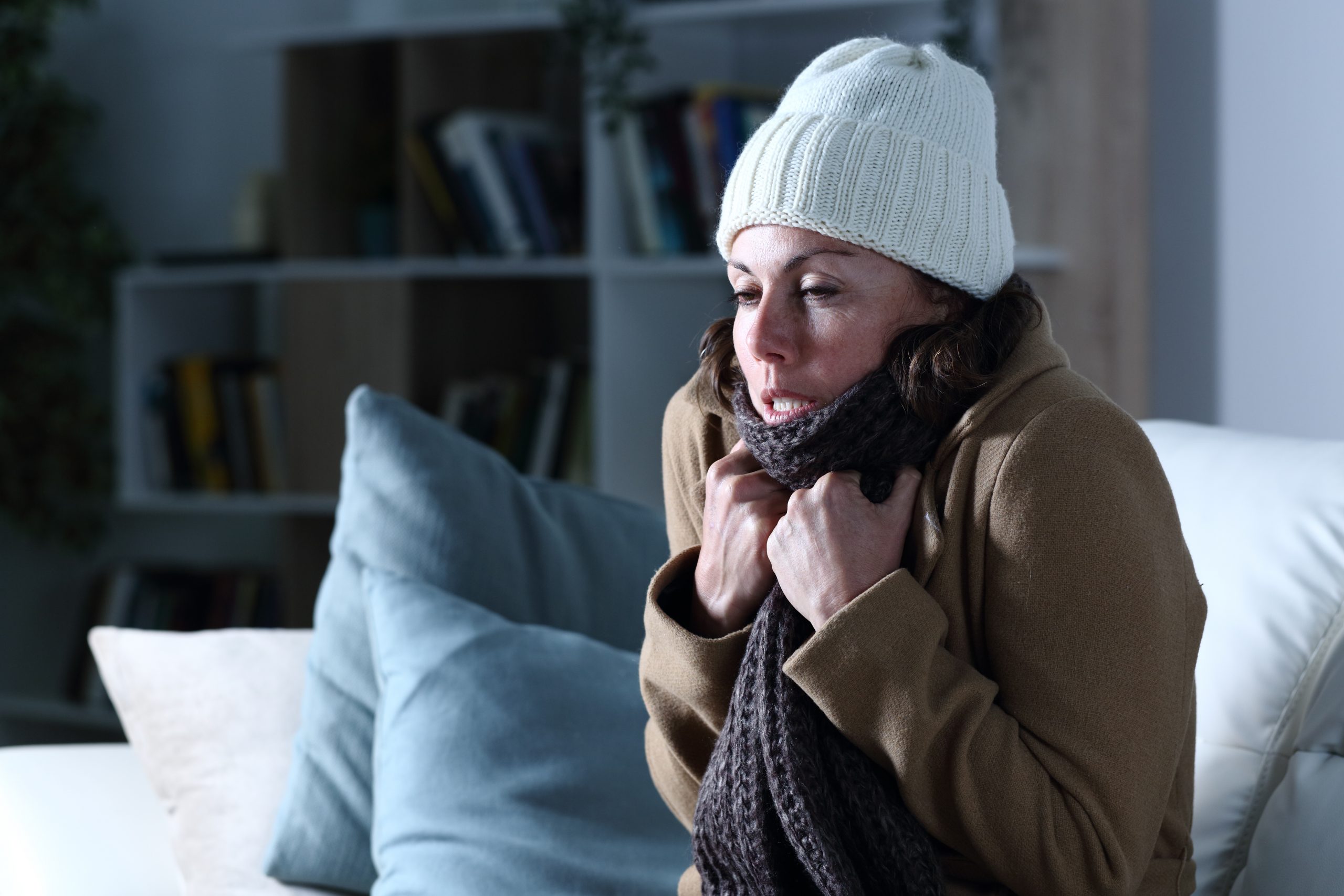
According to the World Economic Forum (WEF), US households should expect to pay 27/28 % more than last year for oil and gas to heat their homes respectively. Heating with electricity will add 10% over the 2022-2023 winter compared to last year. Many sources expect a cooler than average winter, adding to the burden of keeping the home warm.
The New England region of states have been warned to expect rolling blackouts this winter. ISO New England, Inc, New England’s power grid operator, imports liquid natural gas (LNG) which can make up more than a third of the region’s natural-gas supply during the coldest months. Due to Russia’s halt of most pipeline gas to Europe, competition from Europe has ISO England scrambling to meet the New England regions demand.
More than half of all energy used in the home is for heating or air conditioning according to the US Energy Information Association (EIA). The primary energy used for heating comes from natural gas and electricity, which accounts for 85% of all heating combined.
While a wood stove and well stocked woodshed would be ideal in areas that depend on natural gas and electricity to heat, it isn’t a viable solution for many. However, there are some energy saving strategies that can help curb consumption and keep the heating bill in check:
Insulate
On average you can save 10% of your heating costs if you adequately insulate your home.
The attic area is the most important to tackle first. Heat rises and can escape through the roof if it isn’t properly insulated. Crawl spaces under homes that aren’t insulated can carry cold air from the outside vents and into the home. Vent covers for unused floor vents in your home are inexpensive and are effective at keeping the heat in and cold out.
There are several grants and assistance programs throughout the nation that can help defer the cost of insulating an older home. Some of these are the Energy Star and Tax credit program, the Weatherization Assistance Program and state and local programs. Check with your local energy company for any additional grants or assistance they may have to offer.
Windows
Heat gain and heat loss are responsible for 25-30% of energy heating and cooling. Up to date insulated and properly installed and caulked windows can significantly reduce this energy loss.
Federal Window Replacement Programs 2022. Through the Weatherization Assistance Program low-income families and seniors can qualify for free doors and windows to repair or replace old windows with energy efficient doors and windows.
Clear plastic to cover the windows if you are not able to access grants or finance replacement windows can work well. Make sure there is an air gap between the plastic and window, seal with tape. There are window kits available at most hardware stores.
Lower water heater temp
By lowering your water heater temperature to 120 degrees (from 140 degrees) you can see a 6-10 percent reduction in your energy bill. In addition, purchase a water heater blanket to insulate your water heater. Make sure to flush your water heater on a schedule to prevent calcium build up which can result in diminished performance.
Keep warm at night with bed tents
During the Texas power outage due to severe ice storms in 2021 several people took to social media talking about setting up tents in their living rooms, throwing covers over the tents to insulate and stay warm. Most tents are lightweight and not very sturdy to hold up to this type of use. Bed tents are made to keep heat in, provide personal space and filter out light. They are sturdy and can hold up to extended use. We had purchased these tents and tried them out and found them to be an excellent option to keep the thermostat down in the house last winter.
Thermostats
If you have an outdated thermostat, investigate getting an up to date, programable one that you can set to a lower temperature for when you are away and at night.
Furnace
Have your furnace serviced and replace old filters as needed.
Carbon monoxide and smoke detectors
Make sure your carbon monoxide and smoke detectors are up to date, change batters and are in working order.
Alternative heating-propane, kerosene
In case of a power outage alternative heat sources are a good option. Make sure that you have adequate ventilation even if they state that they are for home use. Keep out of way of children and those with mobility issues. Mr. Buddy heaters have an excellent reputation for providing safe, reliable propane heat. This kerosene heater can heat up to 1,000 sf for 9-12 hours.
What have you done to prepare this week?
If you are concerned about your heating bills or the possibility of rolling blackouts -or severe weather that takes down the grid for an extended period- review your preps and purchase what you need and act this week.
“A penny saved is a penny earned” Benjamin Franklin
- Brooke Lounsbury
Medical Content Writer
Lifesaving Medications
Recent Posts
Keeping you informed and safe.
Medical Readiness: What Really Kills First
When Disaster Strikes, It’s Not Hunger or Thirst That Takes the First Lives In every disaster zone, from hurricanes in the Caribbean to war zones in Ukraine, the pattern is the same. People worry about food and water, but it’s infection that kills first. A small wound...
Exploring Dr. William Makis’ Hybrid Orthomolecular Cancer Protocol: Focus on Ivermectin and Mebendazole/Fenbendazole
Exploring Dr. William Makis’ Hybrid Orthomolecular Cancer Protocol: Focus on Ivermectin and Mebendazole/Fenbendazole *Disclaimer: This article is for educational purposes and does not constitute medical advice. Always seek professional guidance.* In the evolving...
Be Prepared for Life’s Unexpected Moments
3 Reasons EVERYONE should have emergency medications avaiable. It's all about access—access to medications and care when you need it most. And when things happen outside of your control that access can disappear.Below are 3 examples of how easily this access can be...





